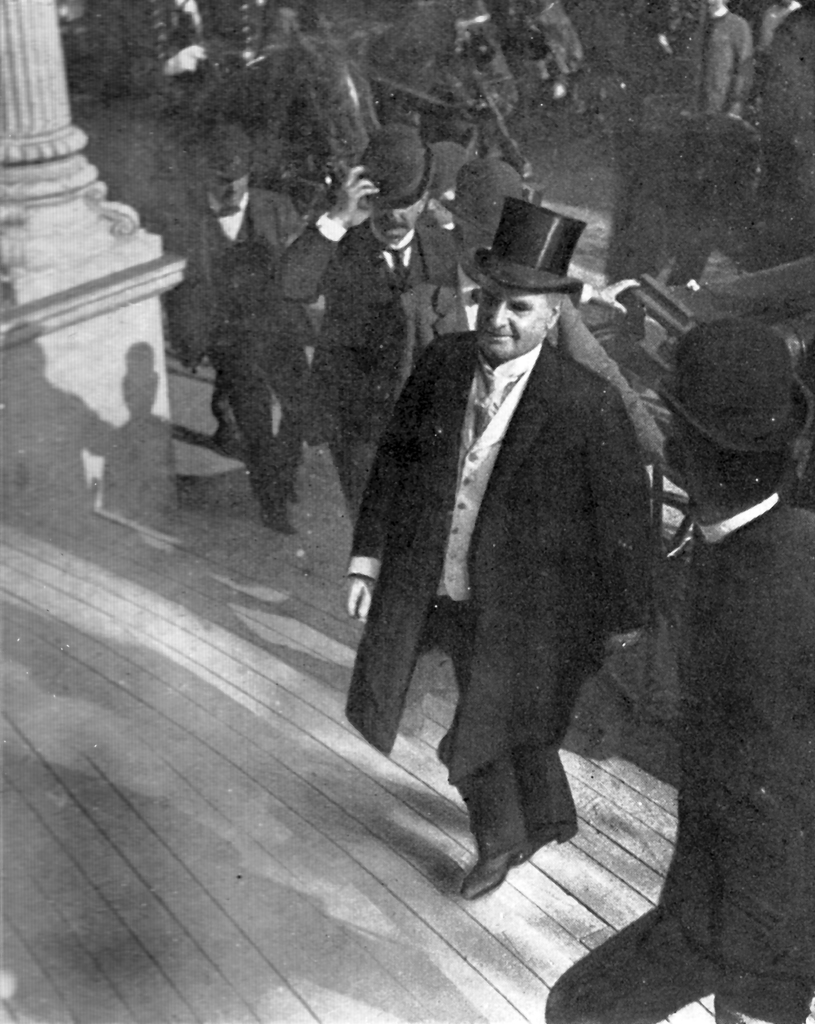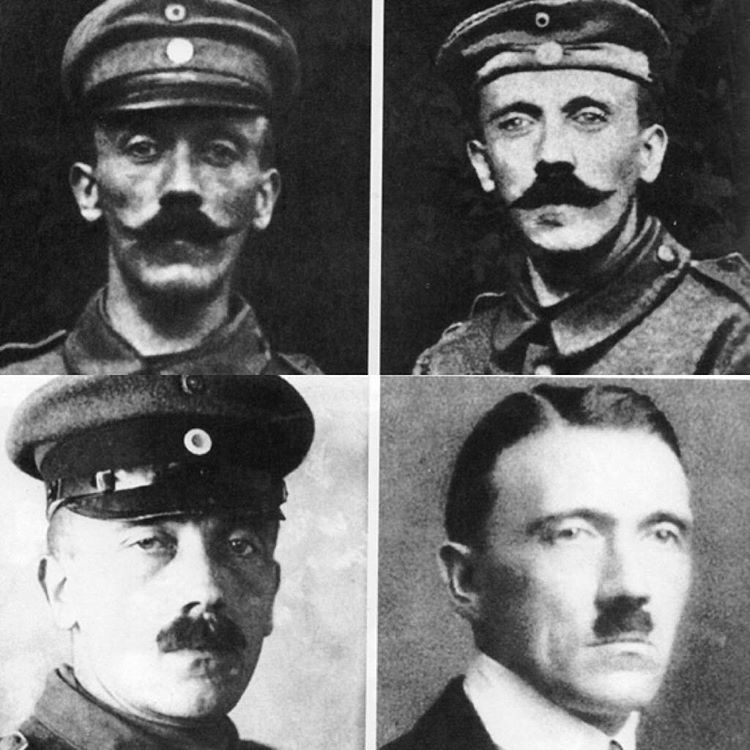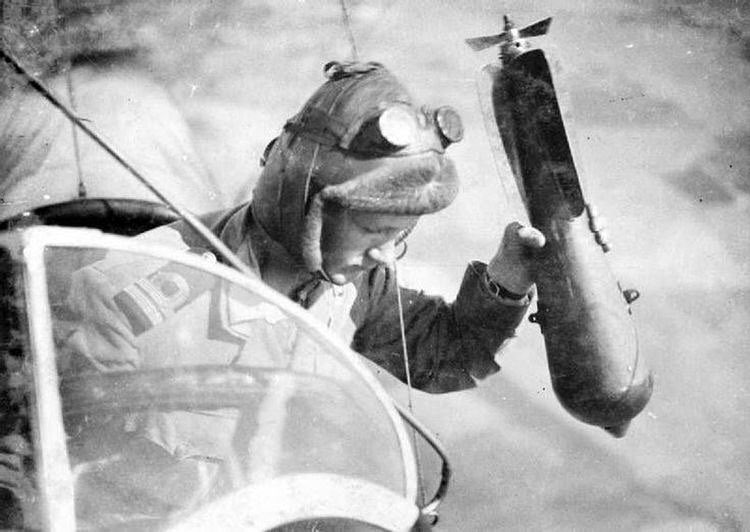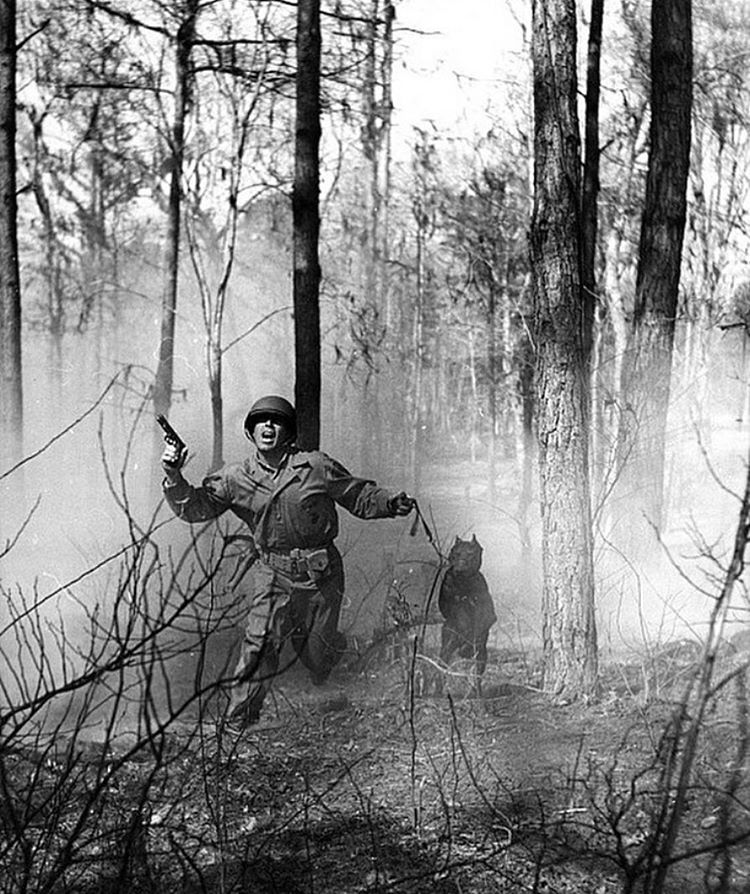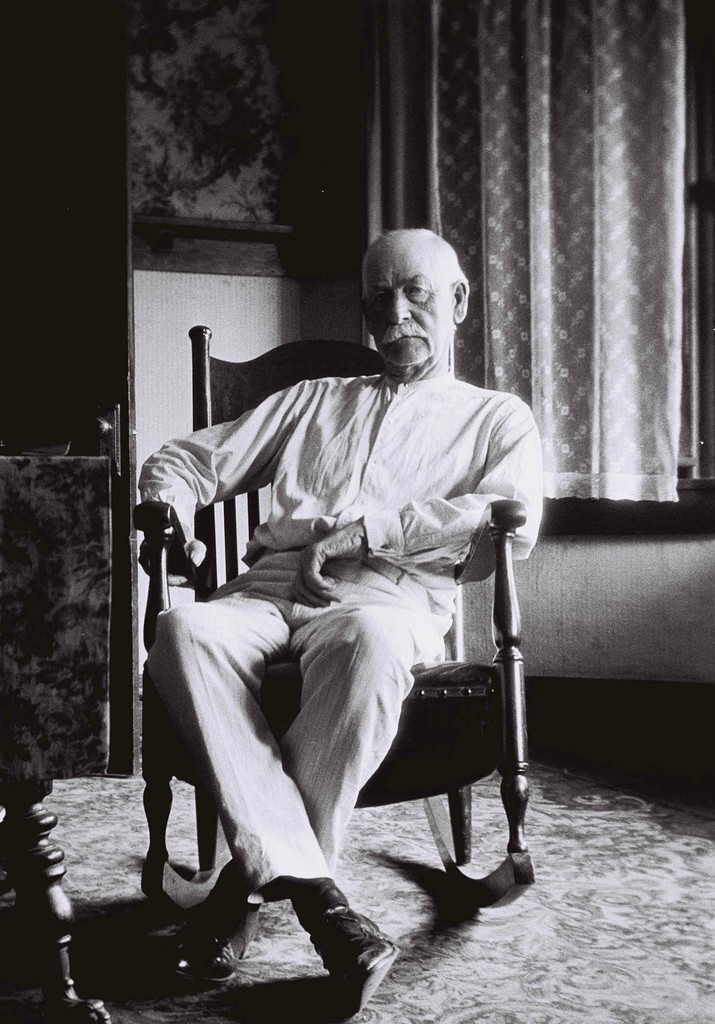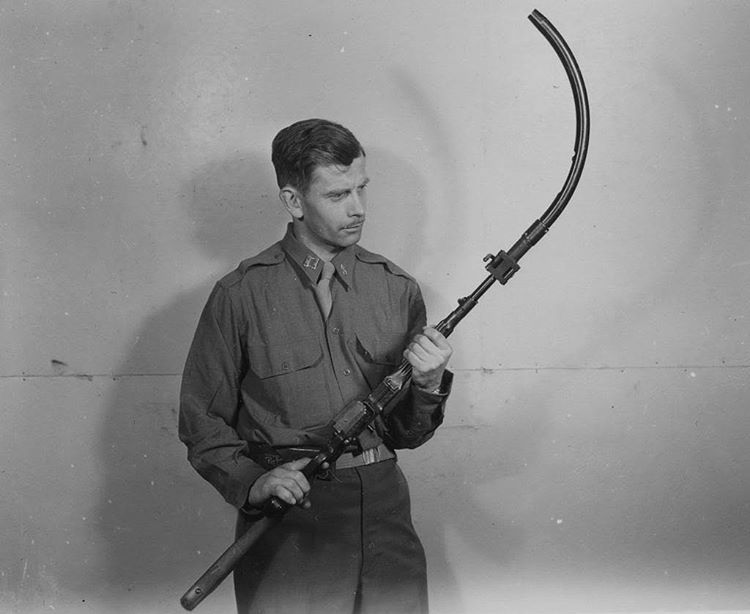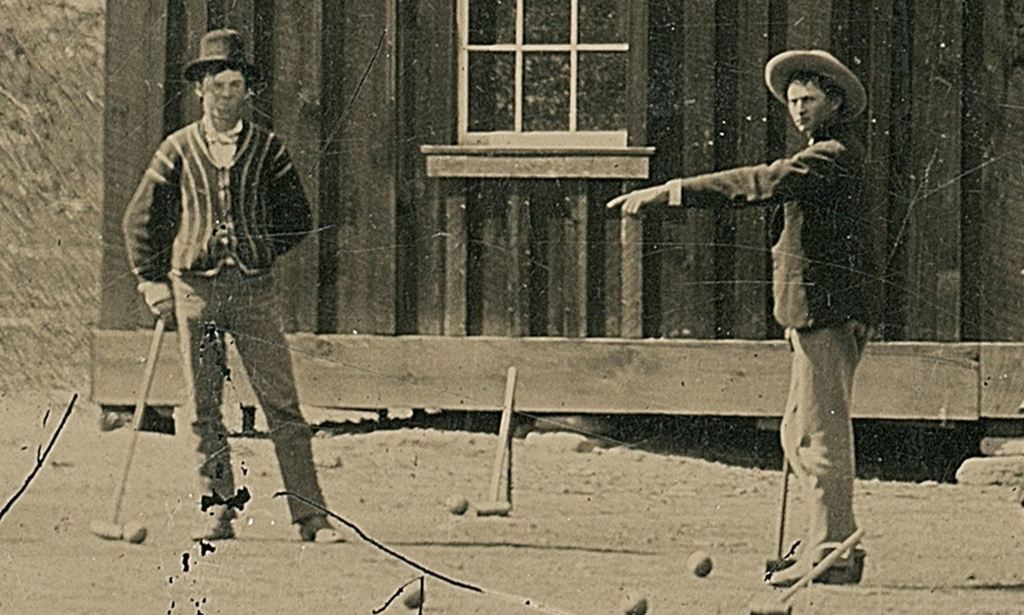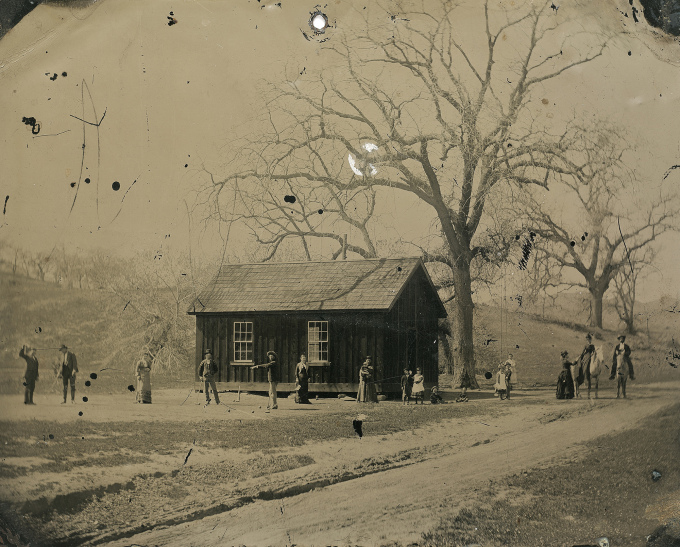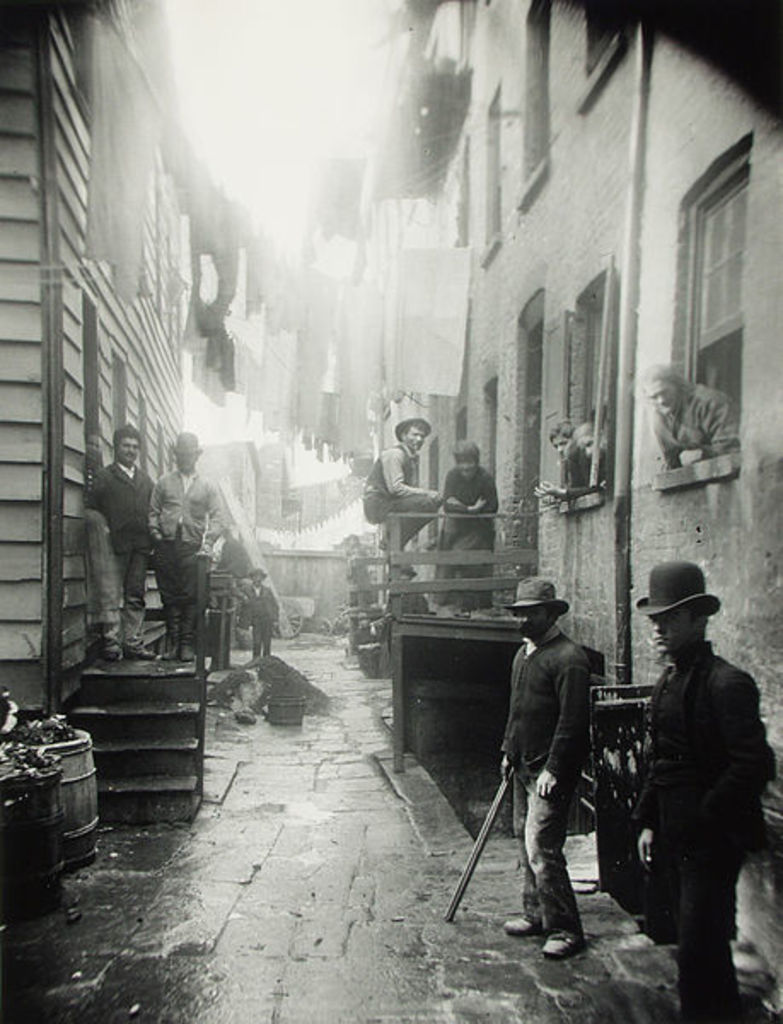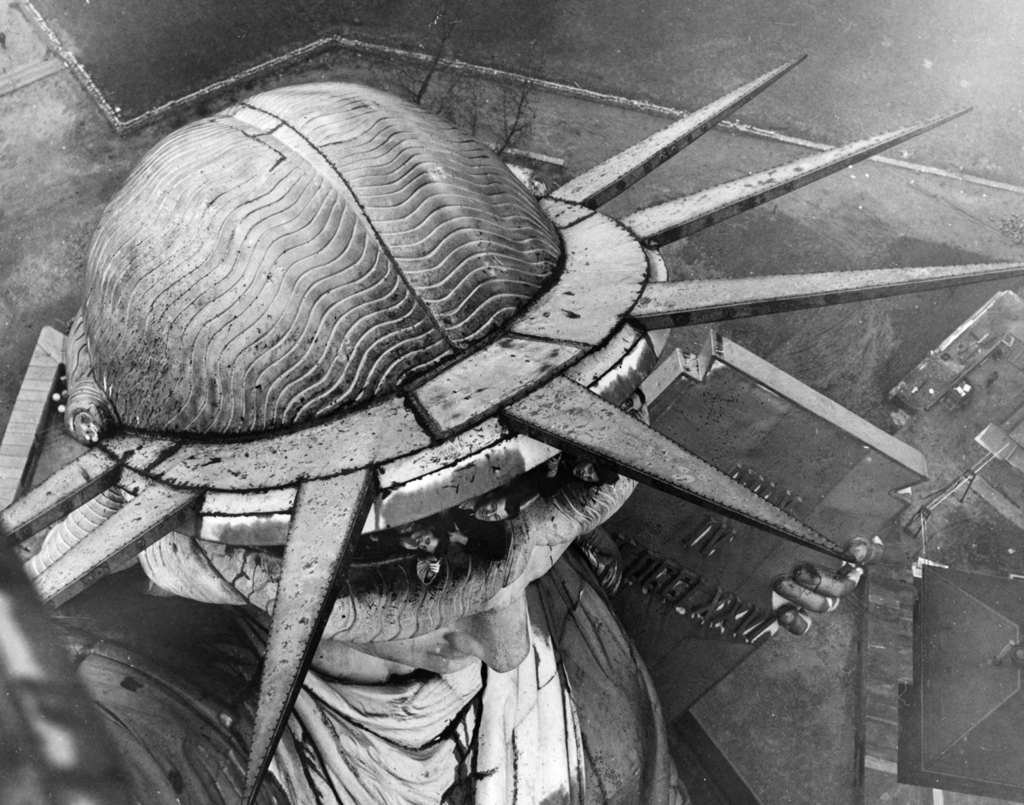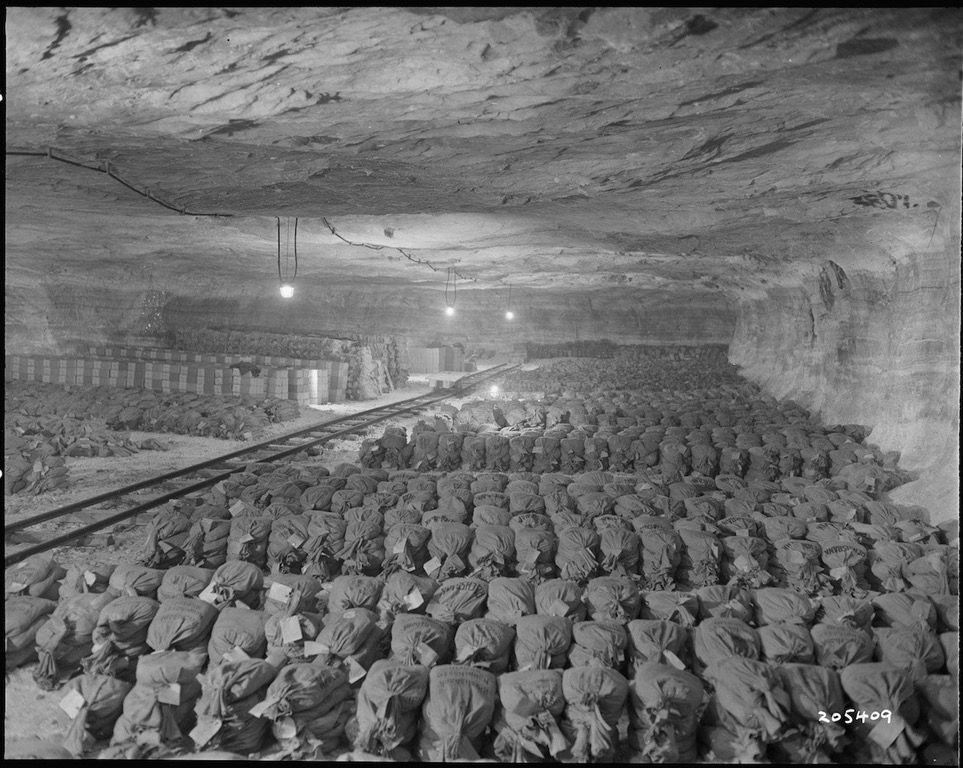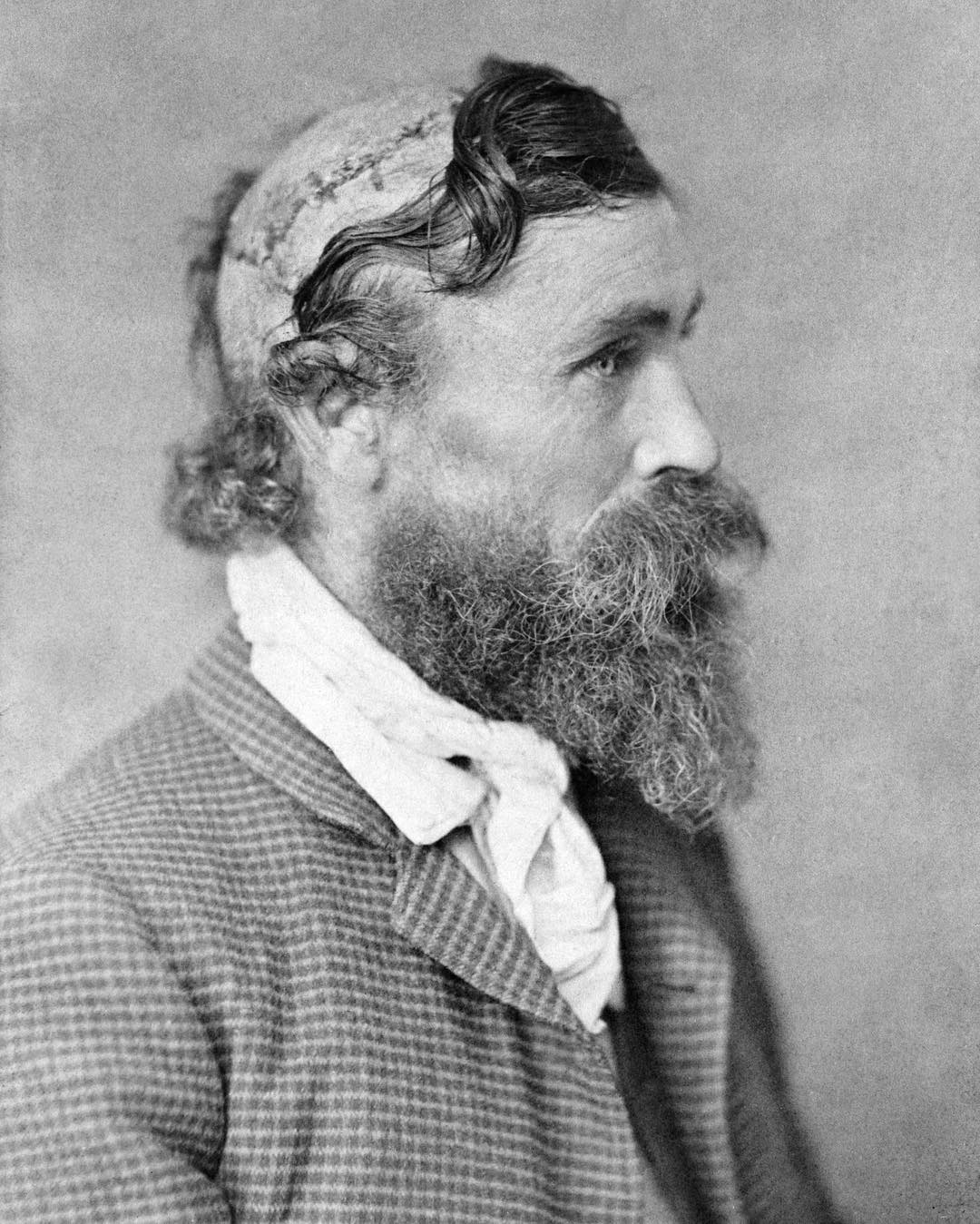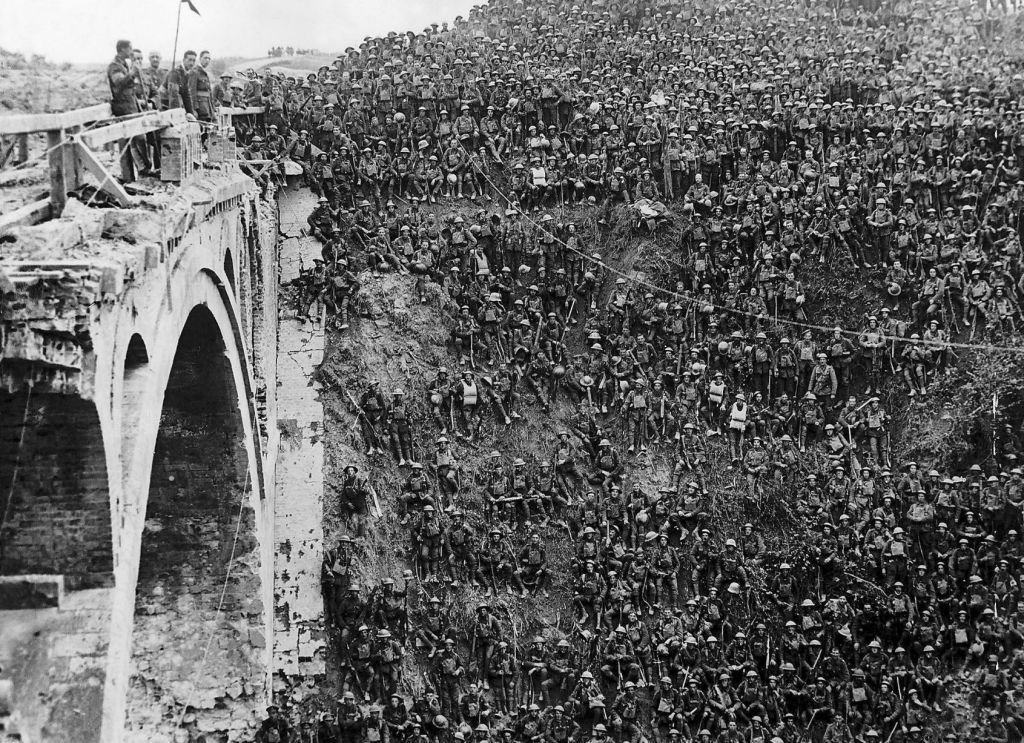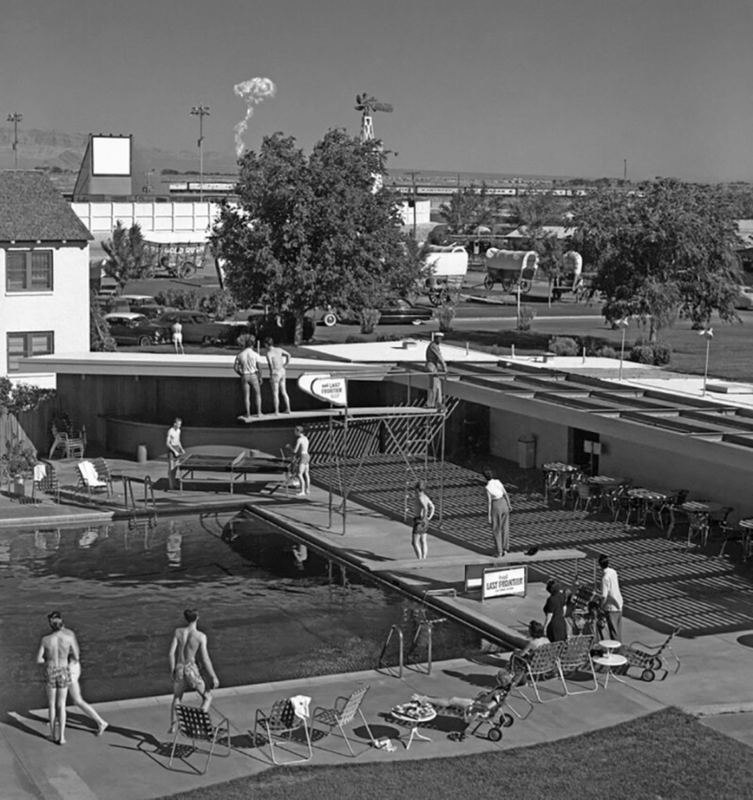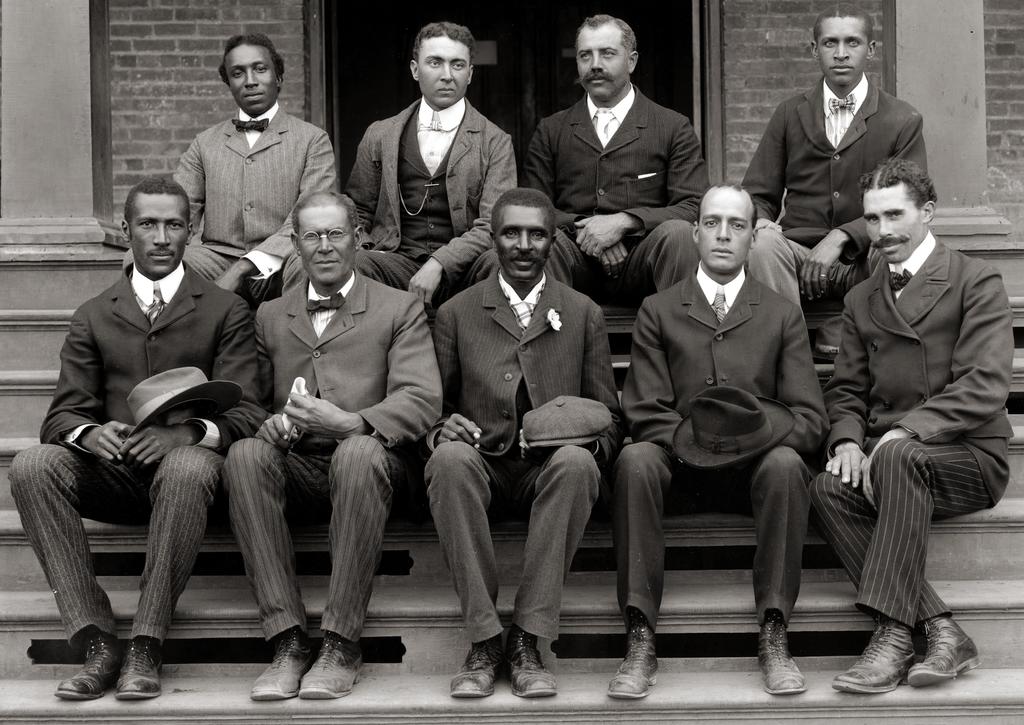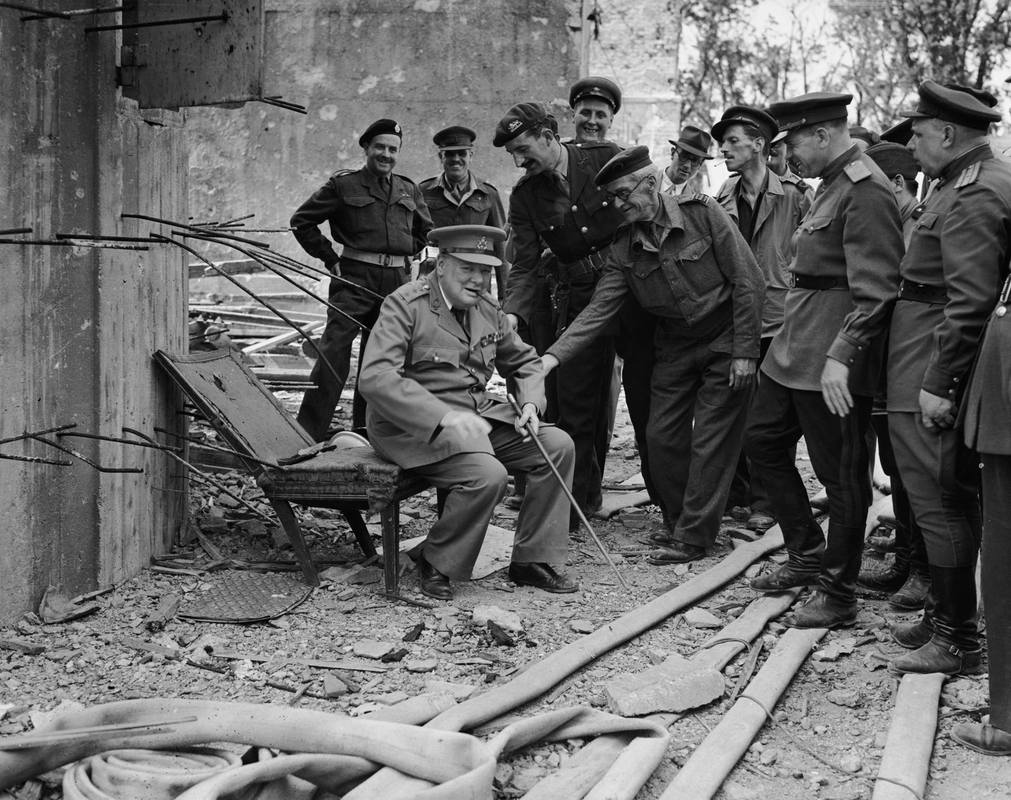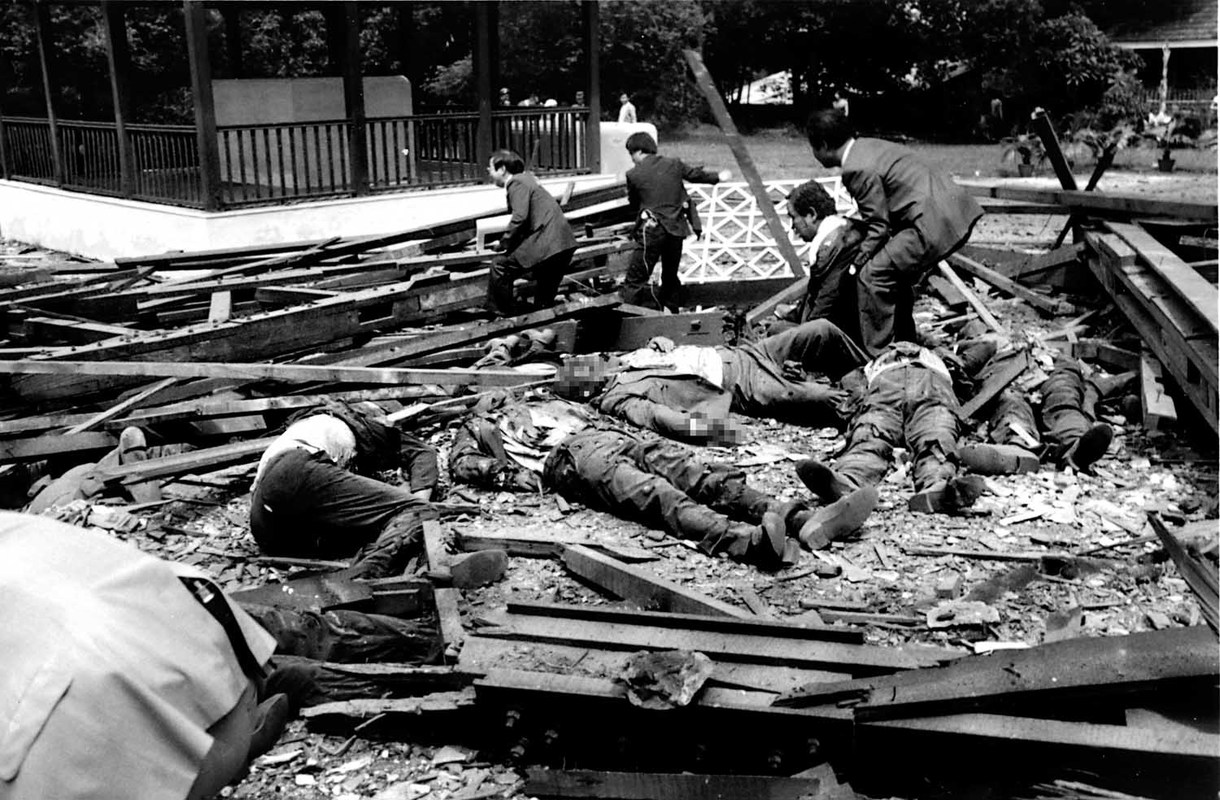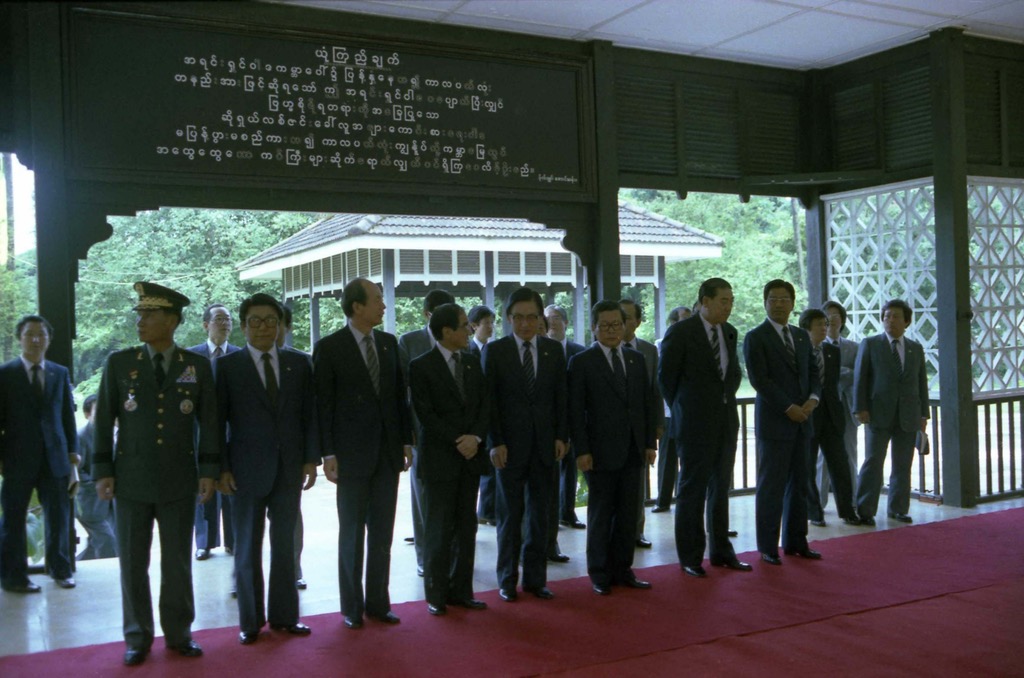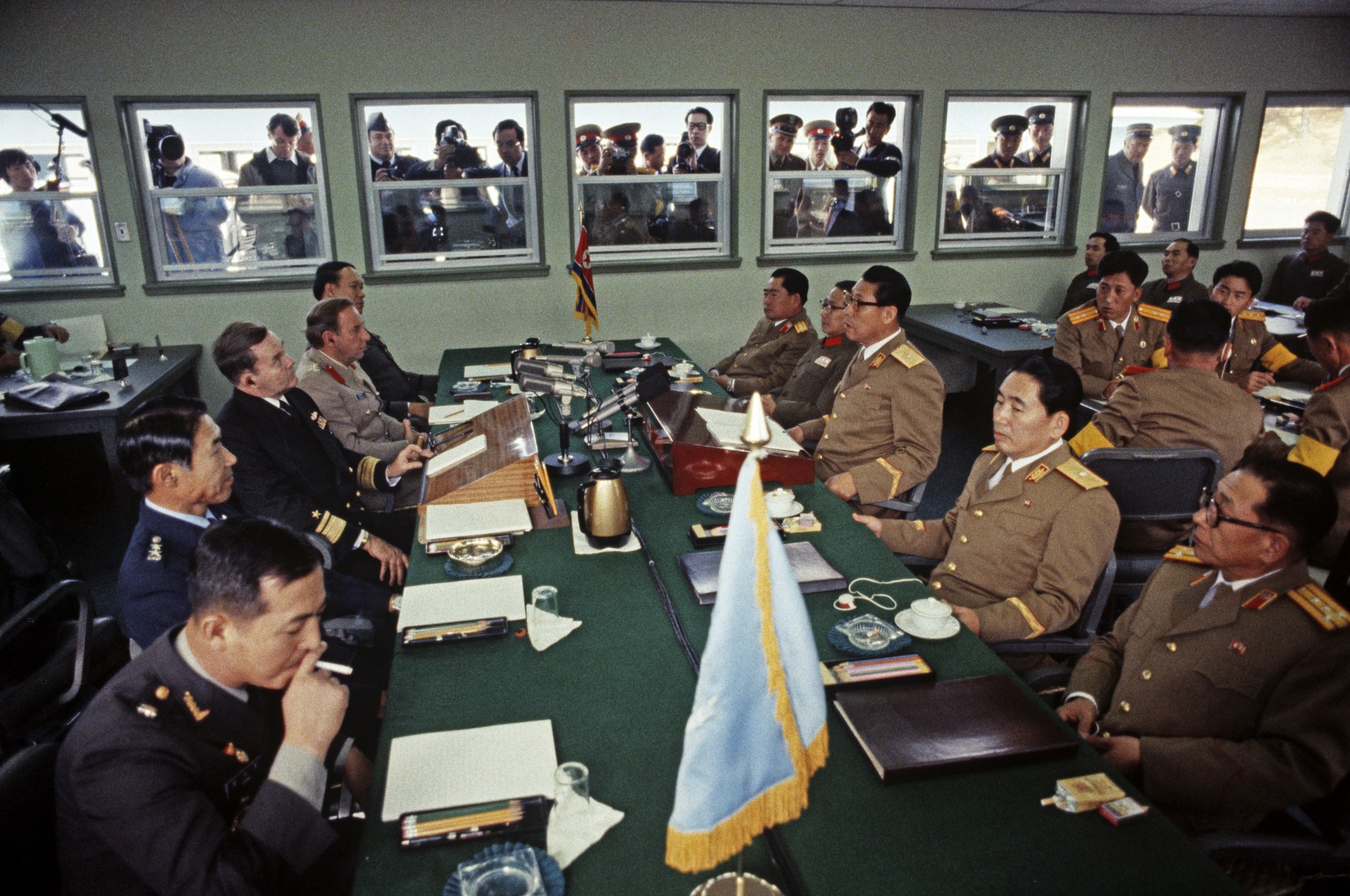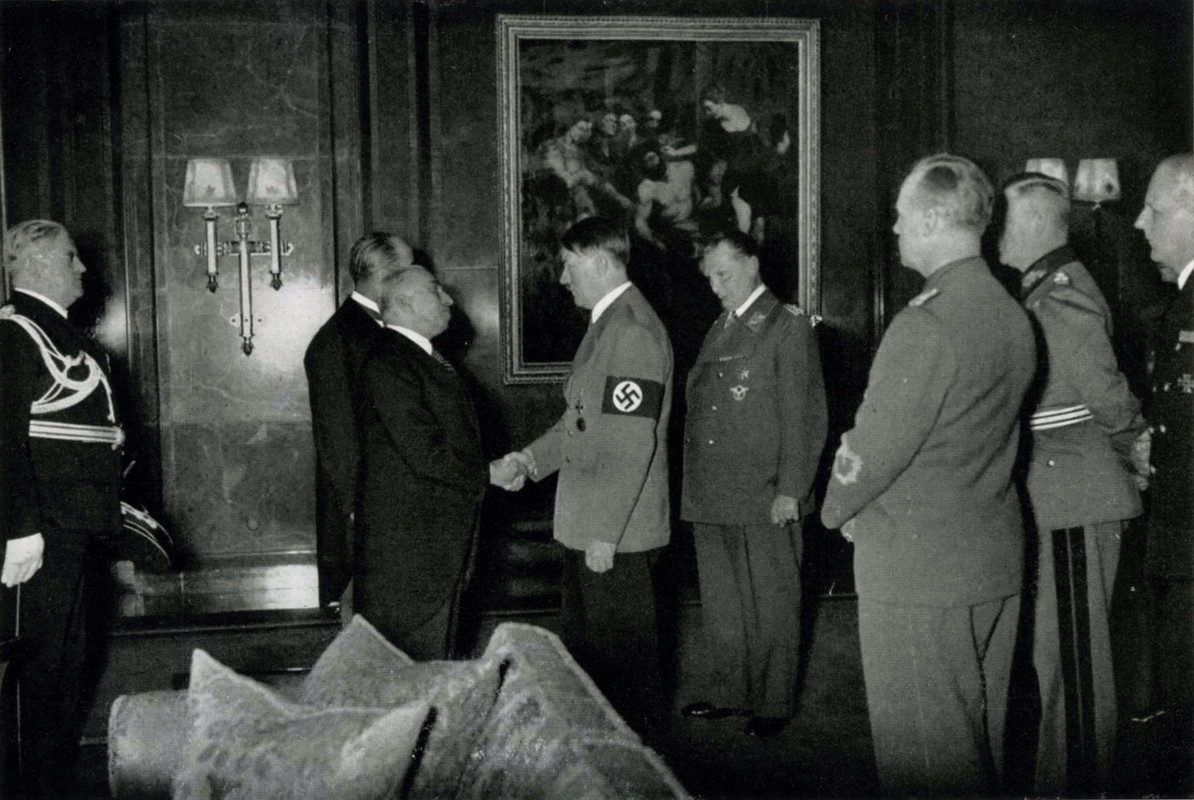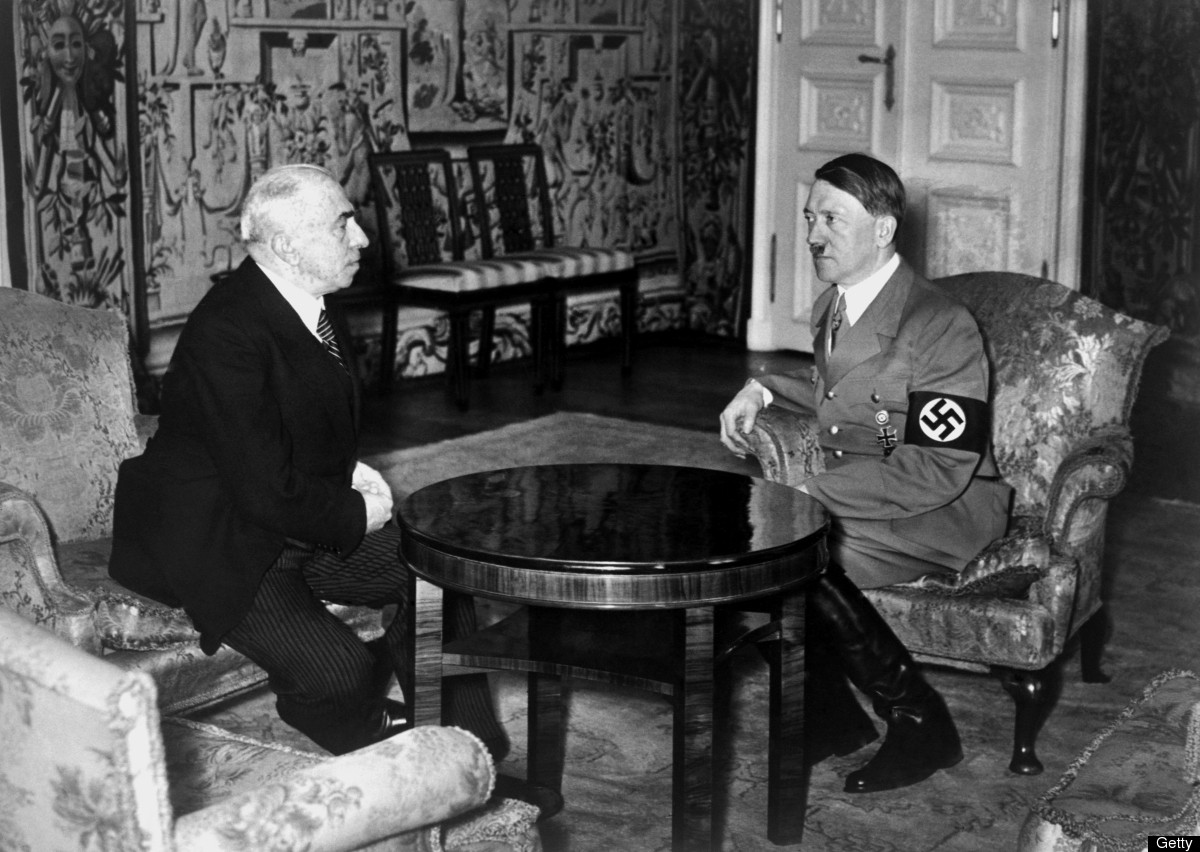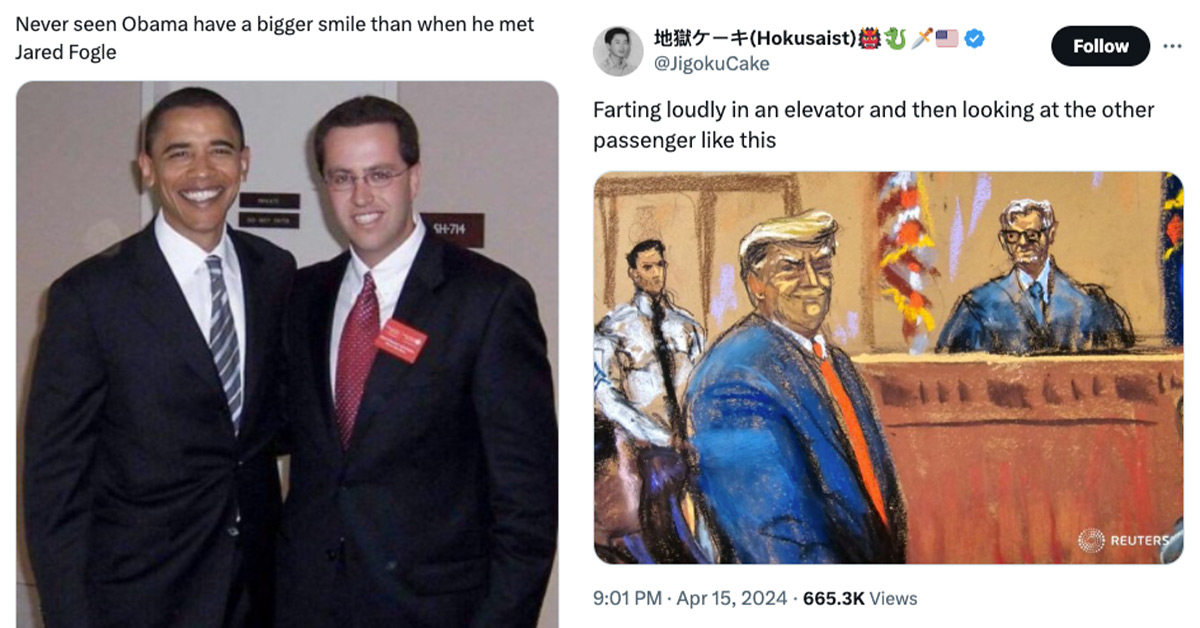22 Fascinating Photos Collected From History
Some interesting pics from history's vault.
Published 7 years ago in Wow
2
Adolf Hitler in 1915, 1916, 1919, 1921. In 1918 a British soldier allegedly spares the life of an injured Adolf Hitler in World War 1 – Private Henry Tandey, a British soldier serving near the French village of Marcoing, reportedly encounters a wounded German soldier and declines to shoot him, sparing the life of 29-year-old Lance Corporal Adolf Hitler. – As Tandey later told sources, during the final moments of that battle, as the German troops were in retreat, a wounded German soldier entered Tandey’s line of fire. “I took aim but couldn’t shoot a wounded man,” Tandey remembered, “so I let him go.” The German soldier nodded in thanks, and disappeared. – Though sources do not exist to prove the exact whereabouts of Adolf Hitler on that day in 1918, an intriguing link emerged to suggest that he was in fact the soldier Tandey spared. A photograph that appeared in London newspapers of Tandey carrying a wounded soldier at Ypres in 1914 was later portrayed on canvas in a painting by the Italian artist Fortunino Matania glorifying the Allied war effort. As the story goes, when British Prime Minister Neville Chamberlain traveled to Germany in 1938 to engage Hitler in a last-ditch effort to avoid another war in Europe, he was taken by the führer to his new country retreat in Bavaria. There, Hitler showed Chamberlain his copy of the Matania painting, commenting, “That’s the man who nearly shot me.”
4
The Quartermaster Corps (QMC) of the United States Army begins training dogs for the newly established War Dog Program, or “K-9 Corps.” 1942. The K-9 Corps initially accepted over 30 breeds of dogs, but the list was soon narrowed to seven: German Shepherds, Belgian sheep dogs, Doberman Pinschers, collies, Siberian Huskies, Malumutes and Eskimo dogs. Members of the K-9 Corps were trained for a total of 8 to 12 weeks. After basic obedience training, they were sent through one of four specialized programs to prepare them for work as sentry dogs, scout or patrol dogs, messenger dogs or mine-detection dogs. In active combat duty, scout dogs proved especially essential by alerting patrols to the approach of the enemy and preventing surprise attacks. – The top canine hero of World War II was Chips, a German Shepherd who served with the Army’s 3rd Infantry Division. Trained as a sentry dog, Chips broke away from his handlers and attacked an enemy machine gun nest in Italy, forcing the entire crew to surrender. The wounded Chips was awarded the Distinguished Service Cross, Silver Star and the Purple Heart–all of which were later revoked due to an Army policy preventing official commendation of animals.
5
Wyatt Earp at home in Los Angeles, 1923. Wyatt Earp is the best known of all the frontier lawman of the American West. Soft-spoken with nerves of steel, he survived countless gunfights due to his extraordinary patience and resolute manner. But, Earp wasn’t just the famous lawman of Dodge City and Tombstone fame; he was also a buffalo hunter, a miner, card dealer, stagecoach driver, saloon owner.
11
Salt mine vault where Nazis hid Reichsbank gold, SS loot, and Berlin Museum paintings. Captured by the 3rd U.S. Army in April 1945. “It included, among other things, 3,682 bags and cartons of Germany currency, 80 bags of foreign currency, 4,173 bags containing 8,307 gold bars, 55 boxes of gold bullion, 3,326 bags of gold coins, 63 bags of silver, 1 bag of platinum bars, 8 bags of gold rings, and 207 bags and containers of SS loot”.
12
Robert McGee, scalped as a child by Sioux Chief Little Turtle in 1864. Although the custom of “scalping” was once practiced in Europe and Asia, it is generally associated with North American native groups. In scalping, the skin around the crown of the head was cut and removed from the enemy’s skull, usually causing death. In addition to its value as a war trophy, a scalp was often believed to bestow the possessor with the powers of the scalped enemy. In their early wars with Native Americans, European colonists of North America retaliated against hostile native groups by adopting their practice of scalp taking. Bounties were offered for them by colonial authorities, which in turn led to an escalation of intertribal warfare and scalping in North America.
13
The Allied crossing of the St Quentin Canal in 1918. The photo shows General J V Campbell on Riqueval Bridge, addressing men of the 46th North Midland Division following their successful assault of the St Quentin Canal on 29th September 1918. At this point, the canal flowed through a 50 feet deep cutting, the east bank of which, the Germans had fortified with emplaced machine guns, barbed wire and bunkers. It was a strongpoint of the German Hindenburg Line which they considered impregnable. The British decision to attack it was made at the last minute and was intended to divert German attention from another assault taking place further north which involved greener Allied troops. The morning of the assault was very misty which provided cover to the attacking troops but made it difficult descending to the canal. The Germans, aware of the impending assault, swept the western bank with pre-sighted fire. Despite this, the assaulting troops used ropes to lower themselves down the bank where they had to cut through barbed wire to reach the canal. Here they used collapsible boats and life preservers to swarm to the other bank before having to attack up a near vertical face in the face of furious German resistances. At the same time, a company strength, forlorn hope rushed the bridge in the photo. They had to clamber through coils of barbed wire with little cover beyond the bridge parapet. They managed to drive off the German engineers before they were able to fire the explosives already placed along the roadway. The bridge and bank were both carried and the impregnable Hindenburg Line was breached at this point.
15
George Washington Carver poses with fellow staff members at the Tuskegee Institute, by Frances Benjamin Johnston, 1902. George Washington Carver developed 300 derivative products from peanuts among them cheese, milk, coffee, flour, ink, dyes, plastics, wood stains, soap, linoleum, medicinal oils and cosmetics.
17
The wives of the astronauts on the Apollo 8 mission at the moment they heard their husbands voices from orbit, 1968. Apollo 8 took three days to travel to the Moon. It orbited ten times over the course of 20 hours, during which the crew made a Christmas Eve television broadcast where they read the first 10 verses from the Book of Genesis. At the time, the broadcast was the most watched TV program ever.
19
South Korean officials gathered at the Martyrs’ Mausoleum in Myanmar seconds before a bomb planted by North Korean spies went off, killing 21 people – 1983. The Rangoon bombing of 9 October 1983, was an assassination attempt against Chun Doo-hwan, the fifth President of South Korea, orchestrated by North Korea. Two of the bombers were captured, one of whom confessed to being a North Korean military officer.
22
Adolf Hitler informs Czech President Emil Hácha of the imminent German invasion of Czechoslovakia on March 15, 1939 in Berlin. Hácha suffered a heart attack during the meeting, and had to be kept awake by medical staff, eventually giving in and accepting Hitler’s surrender terms. In the evening of 14 March 1939, Hitler invited President Hácha to the Reich Chancellery in Berlin. Hitler deliberately kept him waiting for hours, while Hitler watched a film. Finally, at 1:30 a.m., on 15 March 1939, Hitler saw the President. He told Hácha that as they were speaking, the German army was about to invade Czechoslovakia. All of Czechoslovakia’s defences were now under German control following the Munich Agreement in September of the previous year. The country was virtually surrounded by Germany on three fronts. Hitler now gave the President two options: cooperate with Germany, in which case the “entry of German troops would take place in a tolerable manner” and “permit Czechoslovakia a generous life of her own, autonomy and a degree of national freedom…” or face a scenario in which “resistance would be broken by force of arms, using all means.” By four o’clock, after suffering a heart attack induced by Göring’s threat to bomb the capital, Hácha contacted Prague, effectively “signing Czechoslovakia away” to Germany. French Ambassador Robert Coulondre reported that by half past four, Hácha was “in a state of total collapse, and kept going only by means of injections.”

